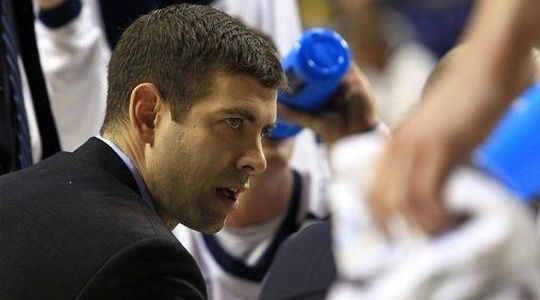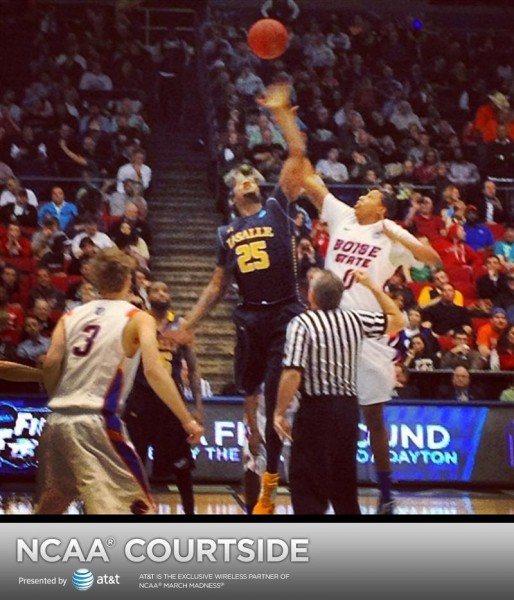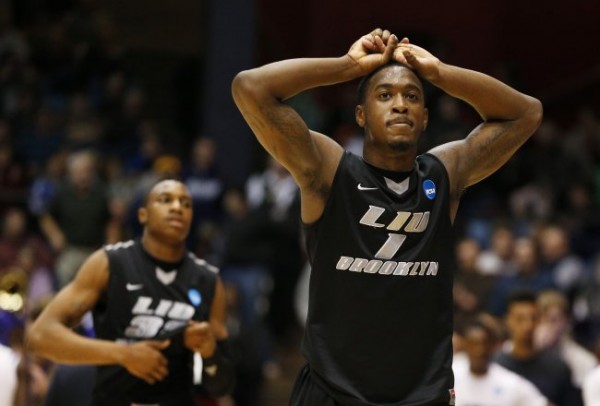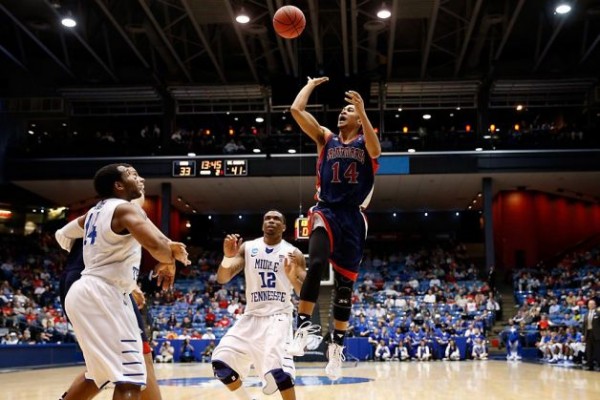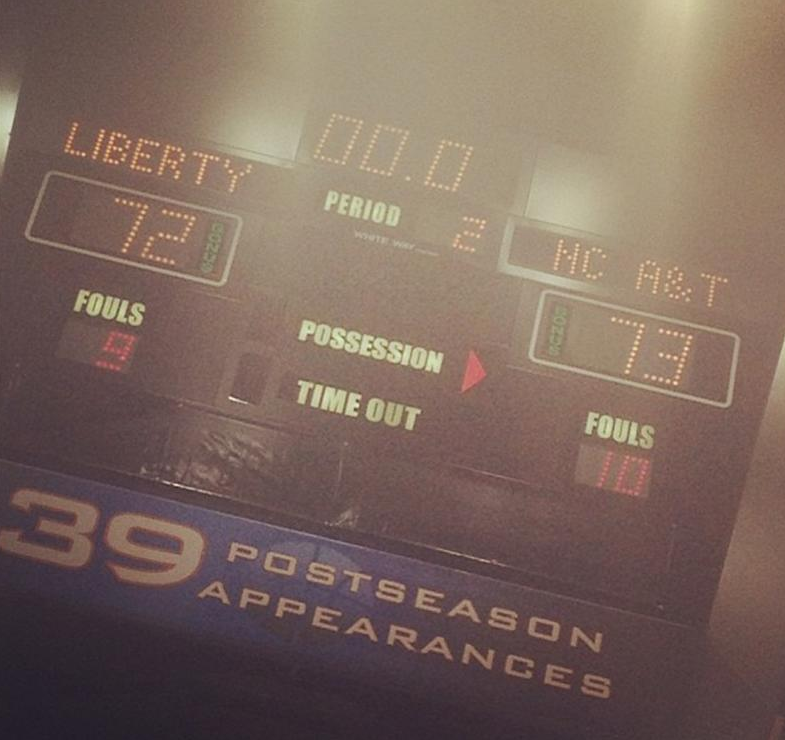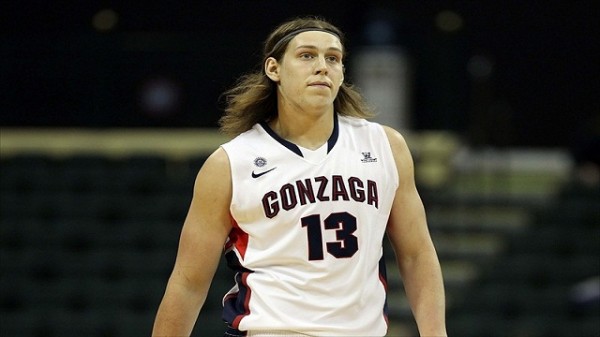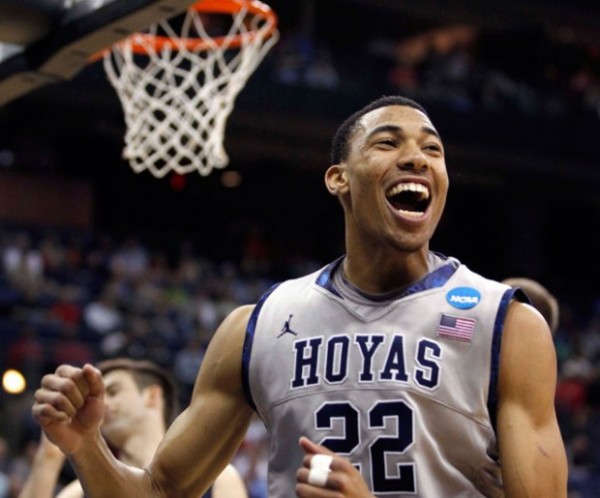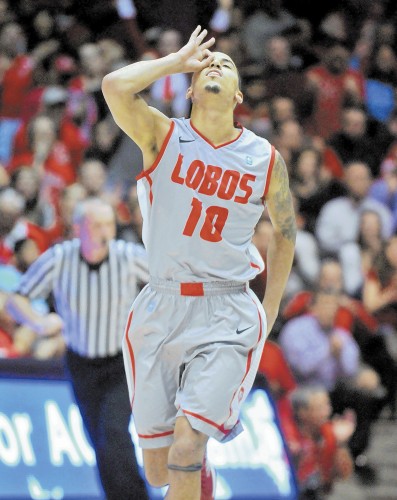Posted by IRenko on March 20th, 2013

I. Renko is an RTC columnist and the author of the weekly column, The Other 26. Follow him on Twitter @IRenkoHoops.
This is part two of our TO26 bracket analysis, focusing on the 17 non-power-conference teams that populate the East and Midwest regions. The teams are grouped into five rough categories, and, within each category, they are ordered by their likelihood of advancing. For our analysis of the South and West regions, see here.
Regional Threats
These are the teams that have a credible chance of dancing all the way to the Sweet Sixteen and beyond.
- St. Louis (#4 Midwest) — The Bilikens are flying a bit under the radar, but this is a team that should be a favorite for a Sweet 16 run. They have one of the best defenses in the country, a group of experienced guards who can attack and shoot (Kwamain Mitchell, Mike McCall, Jordair Jett), a surprisingly effective post presence in Dwayne Evans, and a pair of pick-‘n-pop big men (Rob Loe, Cody Ellis) who can drain the three. It should be said, though, that the Bilikens’ draw is not necessarily ideal. A first-round game against New Mexico State presents some matchup quandaries (see below), as does a potential Third Round game against Oklahoma State — both teams are prepared to bang and grind with the Bilikens down low. Ultimately, I think the St. Louis’ defense is strong enough to get them to the Sweet 16, where their steady guard play gives them a non-trivial chance of knocking off the Cards.
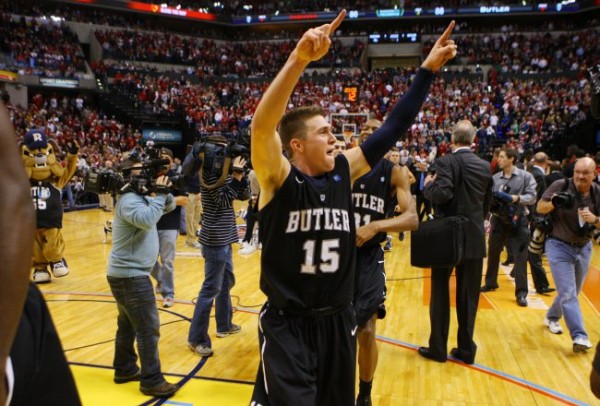
Can Rotnei Clarke Lead Butler Back to the Final Four?
- Butler (#6, East) — Yes, they’re back. Neither Bucknell nor their potential Third Round opponent (Marquette or Davidson) will be an easy team to conquer, but all three of these teams will give Butler an important reprieve from its biggest vulnerability — a tendency to turn it over. Bucknell and Marquette will also play at the kind of grinding pace at which the Bulldogs excel. And they’ll focus their offense on the areas of the floor where Butler’s defense is strongest — the paint. Butler also has the shooters — Rotnei Clark, Kellen Dunham — to bombard Marquette’s compact defense and the rebounders to exploit Marquette’s weakness on the glass. If anything, Bucknell may pose a bigger matchup problem, as they tend to chase teams off the three-point line and they don’t give up much on the offensive glass. The Bison will be a tough opponent, but when you look at Butler’s pod as a whole, a Sweet 16 run looks well within reach.
One and Done
These teams have at least a 50/50 (or better) chance of picking up a win, but are unlikely to get two.
- Colorado State (#8, Midwest) — I would actually bump the Rams up to the tail end of the “Regional Threats” group if not for the uncertain status of starting point guard Dorian Green. The team’s unquestioned floor general, Green suffered an ankle injury in the first round of the MWC tournament, and though he played in a semifinal loss to UNLV, was ineffective. With a fully healthy Green, the Rams’ have a good chance of toppling Missouri. The two teams are somewhat similar in that they try to score in the paint on offense, while keeping opponents out of the paint of it on defense. Neither team is especially potent from the three-point line, and both rely a fair amount on offensive rebounding, though the Rams’ have the advantage here, especially as they are equally adept at controlling their defensive glass. That, along with Missouri’s tendency to be a bit loose with the ball, may be the difference-maker. And don’t sleep on Colorado State’s chances against Louisville in the next round. The Cardinals’ weak points are defensive rebounding and three-point shooting. The Rams are the best offensive rebounding team in the country, and as noted above, their defense forces teams to beat them from the three-point line. They also take pretty good care of the ball, which will serve them well against Louisville’s pressure defense. But this analysis could be all for naught if Green isn’t healthy enough to be effective.
- Creighton (#7, Midwest) — Doug McDermott is perhaps the most fundamentally sound player in college basketball. His All-American status owes itself to his incredibly precise offensive footwork, positioning, movement, shot, and cuts. He has inside-outside skills that present a very tough matchup if you’re not used to guarding him. And he’s surrounded by lots of great three-point shooters. Cincinnati’s defense has generally been strong, so they might be able to contain McDermott and the Bluejays’ three-point attack. But they’ll have to be especially effective because their offense has been truly miserable. I like the Bluejays’ chances here. A Third Round matchup with Duke would be a tougher proposition, as the Blue Devils combine a defense that shuts down the three-point line with an offense that is far more high-powered than Cincinnati’s. McDermott may well get his points, especially posting up inside, but that’s not likely to be sufficient.
Read the rest of this entry »
| microsites, other 26, the other 26
| Tagged: albany, Anthony Bennett, bucknell, butler, cody ellis, colorado state, creighton, davidson, De'Mon Brooks, dorian green, Doug McDermott, Dwayne Evans, feature, jake cohen, james madison, jordair jett, jordan gregory, kareem jamar, kellen dunham, khalif wyatt, kwamain mitchell, liu, lorenzo mccloud, mathias ward, matthew dellavedova, memphis, Mike McCall, mike muscala, mike weisner, montana, nca&t, new mexico state, pacific, Rob Loe, rotnei clarke, ryan broekhoff, Scott Wood, Sim Bhullar, spencer coleman, st louis, st mary's, temple, tom izzo, unlv, valparaiso, will cherry
Share this story































